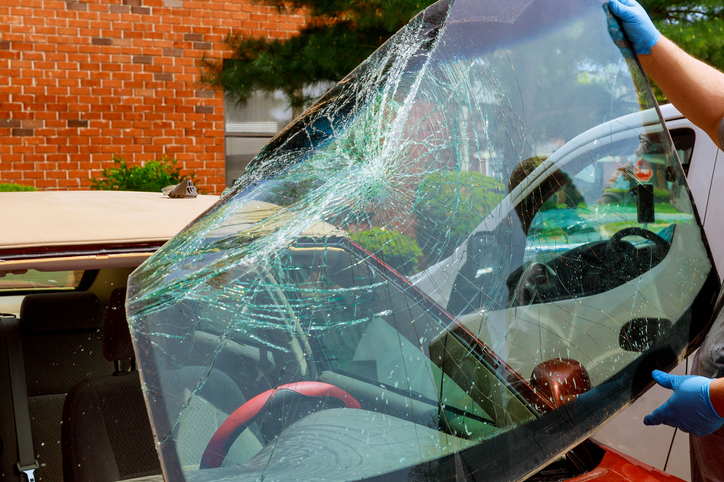A Guide to Repairing and Replacing Automotive Glass for Pros in Auto Body Technician Careers
Windshield glass tends to suffer damage, while driving or even while the vehicle is stationary, from minor cracks to major ones. Knowing when to repair or replace the glass depends on several factors, and it will be up to a specialized auto body technician to assess the damage and decide on the best course of action. Whichever method the auto body technician uses, it’s essential to prioritize the safety of the car and its passengers.
ATC Surrey provides aspiring auto body technicians with the skills and hands-on experience to enter the auto body repair industry through our Refinishing Prep and Auto Body Technician course. The skills you’ll learn are transferable to your career, such as knowing when and how to repair the windshield glass. Read on to learn about the factors to consider when assessing whether to repair or replace the glass.
Don’t Cut Corners to Replace Glass as an Auto Body Repair Technician
Windshields are made up of two sheets of glass that are held together by an inner layer of very strong vinyl. When there is damage, the vinyl keeps the glass in place, rather than allowing small shards to pass through that could injure passengers. Auto body technicians should remember to wear gloves when installing windshields, since any grease on their hands will prevent the adhesives from effectively binding in place.
The most important aspect of fixing the windshield glass is to consider safety as the number one priority. Never cut corners for a quick fix, since the windshield is the number one safety feature put in place for drivers. When you attend ATC Surrey, you’ll learn under experienced instructors who will prioritize safety procedures in everything you do during auto body technician training.

Consider the Dimensions of the Damage
As an auto body repair technician graduating from ATC Surrey, you’ll have the expertise to assess the damage done to the glass of a vehicle and provide the best recommendation to the customer with their safety in mind. The dimensions of a windshield crack may affect the immediate requirement for replacement or repair. If there is major damage, then replacing the glass entirely would be the best option. In Ontario, Canada, for instance, the Passenger/Light-Duty Vehicle Inspection Standard has been implemented to assign cars with windshield damage a pass or fail evaluation. The standard states that any crack through one layer of glass that extends more than 50 mm into the windshield wiper area, and any star-shaped chip with a 13 mm diameter or more, should be immediately repaired or replaced.

Consider Where the Damage is Located
The position of a crack will help you determine whether to replace or repair the glass. If the crack is near the frame, it is best to replace the glass, since the corner of the glass will worsen over time and spread with every vibration or bump in the road. Depending on where the damage is located, it may also cause issues with systems that operate around the windshield. To ensure that everything is working properly, it is generally best to recommend a replacement of the glass rather than a repair. At ATC Surrey, we ensure that our students receive relevant and practical training in the different areas of automobile repair to help you offer an informed and high-quality service to clients throughout your career.
Interested in auto body technician careers?
Contact ATC Surrey for more information!


